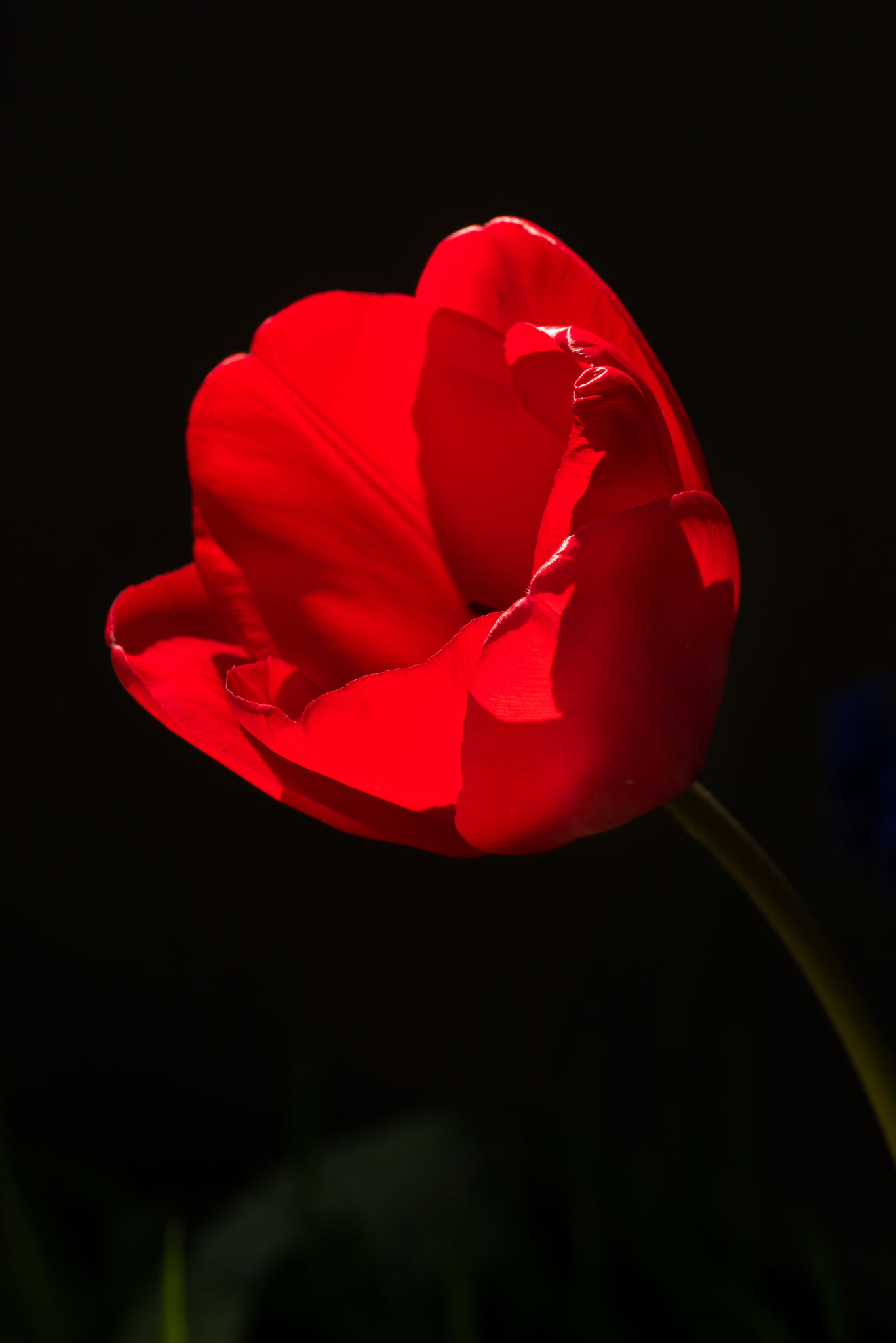Every spring, I get excited to see how many of our 15ish-year-old iris bulbs bloom in the bed next to our driveway. These beauties seem to come back stronger every year, and this year every stalk carried more than one purple and ecru flower.

The versatility and hardy perennial nature of flowering bulbs can bring long-lasting beauty to your yard or garden for 20 years or more. They come in a wide variety of colors, flowering time, height, shape and size. And if planted with intention, they can provide a wealth of color and texture throughout spring and summer. Flowering bulbs include tulips, lilies, irises, amaryllis, crocus, daffodils, bluebells and narcissus. Onions and garlic are sub-members of the amaryllis family, but I’ll keep this garden discussion to flowers.Bulbs can be used in landscaping in a variety of ways. First, they can accent and complement concrete foundations, deciduous shrubs and trees and rock gardens. They also make cheery borders to gardens, beds and lawns. Because of their fibrous root systems, they can also be planted in groups on slopes, reducing the difficulty of mowing or gardening on uneven landscapes.

These flowers store food in their “bulbs” during dormancy and bloom for a short period of time, depending on the cultivar, weather, season and environment. There are many companies in the U.S. and throughout the world that offer comprehensive catalogues complete with information about what bulbs bloom best in your climate, the times they bloom and how to plant and care for your bulbs. Spring bulbs bloom early February to mid-June.
Summer ones bloom from early summer to fall. There are also a few that bloom in the fall, depending on your location.
Story continues after a quick message from our sponsor below.
Bulbs need well-drained soil to grow as well as a pH between 6 and 7. They also thrive on phosphorous, so make sure you fertilize with bone meal or a phosphate. Fall is the ideal time to plant flowering bulbs, and they should be placed at a depth that is two to three times as deep as the fully mature flower is tall. South facing areas will naturally bloom earlier in the spring, and both spring and summer bulbs can tolerate full sun, although partial shade is preferred. Always water after planting, but leave them to themselves during the winter. Buds will begin breaking out of the soil in the spring and summer when they are ready to be watered again. Bulbs require about 1 inch of water per week.

Tulips, daffodils and hyacinths should be planted with the nose of the bulb upward and the root plate downward, just like garlic. Unlike garlic, flowering bulbs grow best, both physically and aesthetically, when grouped together. As they mature, trim dry and unattractive leaves. And when the blooms have died and stems are yellow, they can be mowed or cut off at the ground level.
In the mid-17th century, “Tulip Mania” overtook Holland. Tulip bulbs were almost as valuable as gold, and the craze resulted in a considerable number new and surprising colors and patterns emerging in the species. As bulbs adapt to their environment and care, new varieties could emerge. It’s rare, but with flowering bulbs in your garden, each spring could bring a fresh emergence of color. N
By S. Michael Bennett
Photography By Joel Riner
As Featured In: 2019 Winter/Spring SPO Edition




